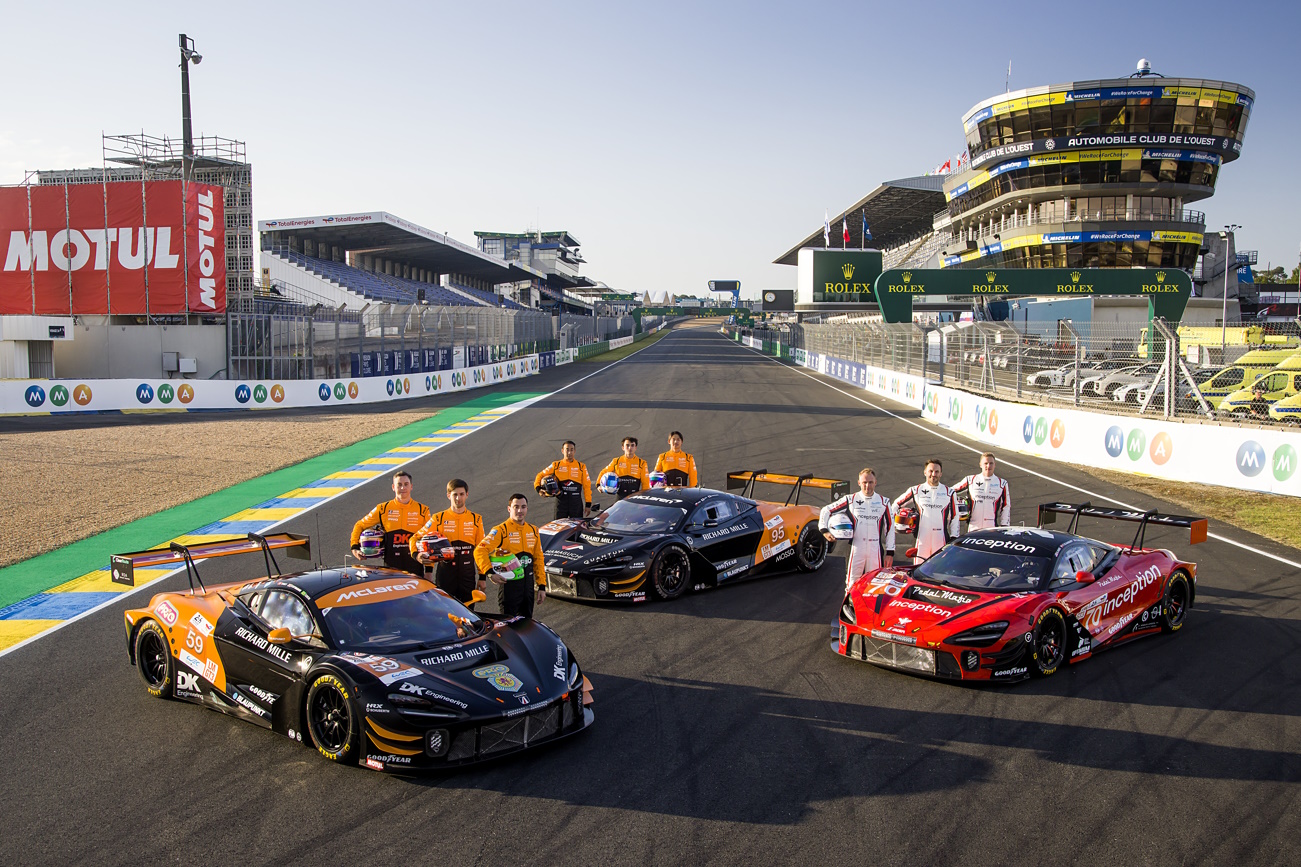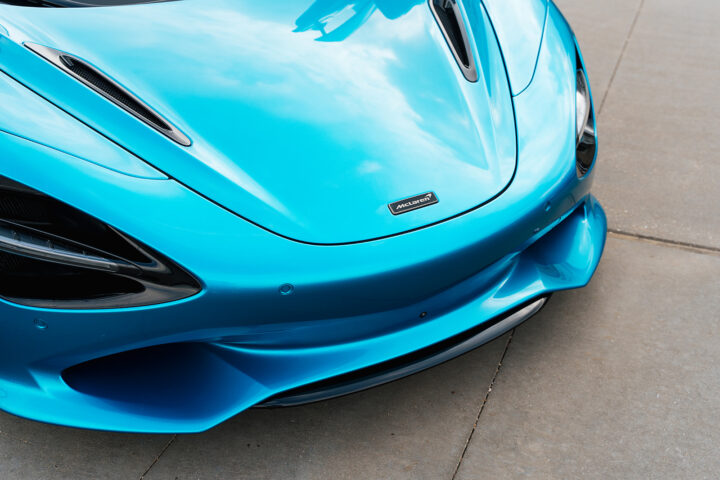After a 26-year hiatus, McLaren Automotive is set to make a dramatic return to the 24 Hours of Le Mans, rekindling the legacy it forged in 1995. This iconic endurance race will see three McLaren GT3 EVO cars on the grid, marking a historic moment as McLaren competes in all three “Triple Crown of Motorsport” events in the same season—the Monaco Grand Prix, Indianapolis 500, and now Le Mans.
McLaren’s illustrious history at Le Mans began with a sensational debut victory in 1995, achieved with the McLaren F1 road car. The F1 GTR continued to impress over the next three seasons, clinching a GT1 class win and second place overall in 1997 with its Longtail variant. Remarkably, the F1 was never intended as a race car, yet its minimal modifications made it a formidable competitor.
The McLaren GT3 EVO, although adapted from the 750S road car to meet LMGT3 regulations, retains significant design elements inspired by racing. Central to this is the carbon fibre Monocage II chassis, an evolution of the technology pioneered in Formula 1 by McLaren and first introduced in their road cars 30 years ago. This chassis, noted for its rigidity, strength, and lightweight construction, provides both safety and superior dynamic performance, crucial for the high-speed, wheel-to-wheel action at Le Mans.
Inside the McLaren GT3 EVO, drivers experience a cockpit engineered for precision. The steering rack and column, shared with the 750S, ensure the same responsive and confidence-inspiring handling. Powering the GT3 EVO is the robust 4-litre twin-turbo V8 engine, originally designed for both track and road use. Though restricted in power due to GT racing regulations, the engine still delivers phenomenal performance and endurance.
Distinct from its racing counterpart, the 750S road car offers features like an active rear spoiler, adjustable powertrain modes, and the sophisticated Proactive Chassis Control III system. These features, tailored for optimal road performance, are not permitted under FIA World Endurance Championship regulations but highlight the seamless transfer of racing technology to McLaren’s road cars.
Two of the McLaren GT3 EVO entries at Le Mans will be fielded by United Autosports. Car number 59, echoing the 1995 winner, will be driven by James Cottingham, Nicolas Costa, and Grégoire Saucy. The sister car, number 95, will feature drivers Hiroshi Hamaguchi, Marino Sato, and Nicolas Pino. The 59 car recently showcased its prowess at Spa-Francorchamps, leading for many laps and contending for the win.
Inception Racing will prepare the third McLaren GT3 EVO, following a successful campaign by Brendan Iribe in the WeatherTech SportsCar Championship’s GTD class. Iribe, along with teammates Ollie Millroy and Frederik Schandorff, will take on Le Mans, with Iribe realizing a personal dream in his first 24-hour appearance with McLaren.
McLaren’s return to Le Mans is not just a nod to its storied past but a bold step into the future of endurance racing. With a legacy of innovation and performance, McLaren is poised to add a new chapter to its remarkable history at the world’s most prestigious endurance race.























McLaren needs to be better…